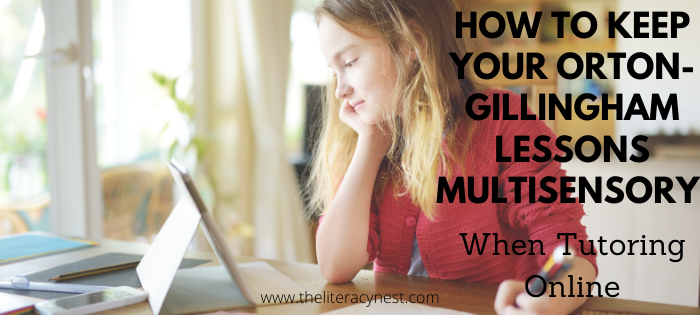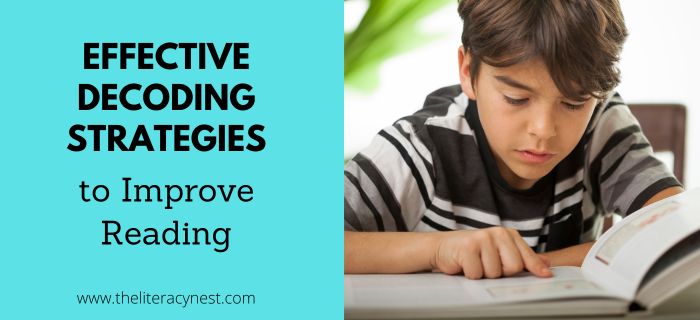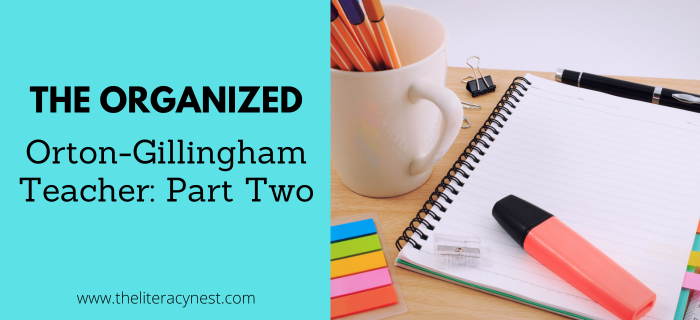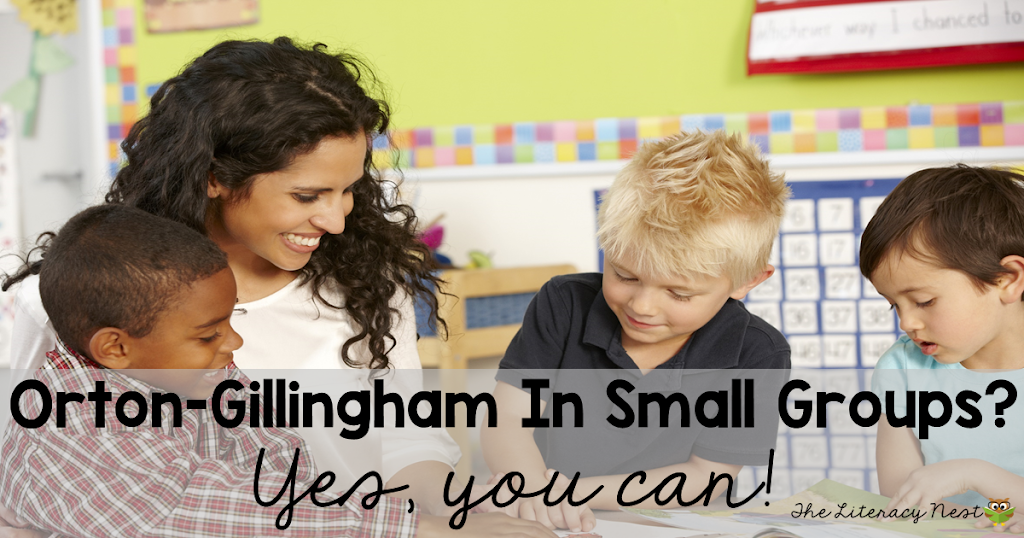5 Ways Learning Profiles Can Inform Instruction
A learning profile is a holistic summary of a student’s strengths and needs. To be truly valuable, a learning profile is going to be more than test scores and percentiles. A learning profile will include information directly from the student such as interests and passions.

A learning profile may include information about a student’s disability, how they respond to challenges, and the kinds of support that work best for them. It can highlight potential barriers to learning to help staff understand the student’s perspective. It sits beside assessment data to create a more complete picture of the student.
Here are Five Simple Ways Learning Profiles Can Inform Your Instruction
1. Strengths and Weaknesses
Learning profiles can reveal not only the areas of need but also the areas of strength, so you know how to design intervention lessons and instruction in the larger classroom setting that will set the child up for success. Learning profiles can point us toward appropriate and helpful accommodations and modifications such as providing a range of options for demonstrating learning.
2. Recommendations
Learning profiles will give you the best recommendations for student learning, programming, and approaches to use. These profiles can help teachers to recognize and remove barriers to learning right from the start. Teachers can use these profiles to maximize engagement by designing opportunities that build on student interests and selecting curriculum and content that will be accessible.
Learn more about Using Evaluations to Better Understand Our Learners. Listen to season two, episode fourteen of the Together in Literacy podcast featuring guest expert, Katy Vassar.
3. Flexibility
The creation of learning profiles allows you the flexibility and time to create an inclusive learning space. It can help you build a relationship with students, but also provide you with information about ways to organize your classroom to allow students to participate and contribute. This may include classroom layout, alternate seating, and scheduling.
Learn more about repeated practice. Read The Value of Repeated Practice for Students with Dyslexia!
4. Communication
This process also opens communication for students and families so they can find out what they need to help them succeed. With the support of those who know them best, students can develop a deeper understanding of themselves as learners. They can be guided through the process of reflecting on what motivates them and challenges them when learning. Developing the profile also allows parents to share important information about their child that may impact learning.
5. Self-advocacy
Learning profiles can also lead to a pathway of self-advocacy and empowerment. Students gain an understanding of how they learn best and how they can communicate that information to others, including peers and teachers. Creating a learning profile helps students to identify tools, learning materials, and ways of showing their learning that work best for them. This process gives them a say over their school experience.
For more information, check out these book recommendations:
This book list contains Amazon affiliate links. I may earn a small commission (at no extra cost to you) if you purchase through these links.
- The Special Education Playbook for Parents: The Complete Guide to Navigating the 504/IEP Process to Unlock Your Child’s Unique Learning Profile and Help Them Thrive at School This guide takes the maze of complex special education language and laws and makes it accessible to parents. This enables parents to become their child’s most powerful advocate.
- Teaching Beyond the Diagnosis: Empowering Students with Dyslexia Through the Science of Reading Author Casey Harrison, creator of The Dyslexia Classroom, has written this book for educators, parents, and administrators to provide a framework for addressing the needs of dyslexic learners through both an academic and social-emotional lens. This text, which is being released in February 2025, can help scaffold the way to student self-confidence and success.
- And, check out great books that help explain the Science of reading to kids! Watch my video, Picture Books that Explain SOR to Kids!
Are you looking for professional development that will help you better support your students with dyslexia? The Literacy Nest has a membership for that…
Building Readers for Life Academy is a monthly membership program that empowers educators AND families. It dives into structured literacy and strategies for ALL learners. With BRFL Academy, you’ll learn what it takes to help EVERY student become a reader for life.





